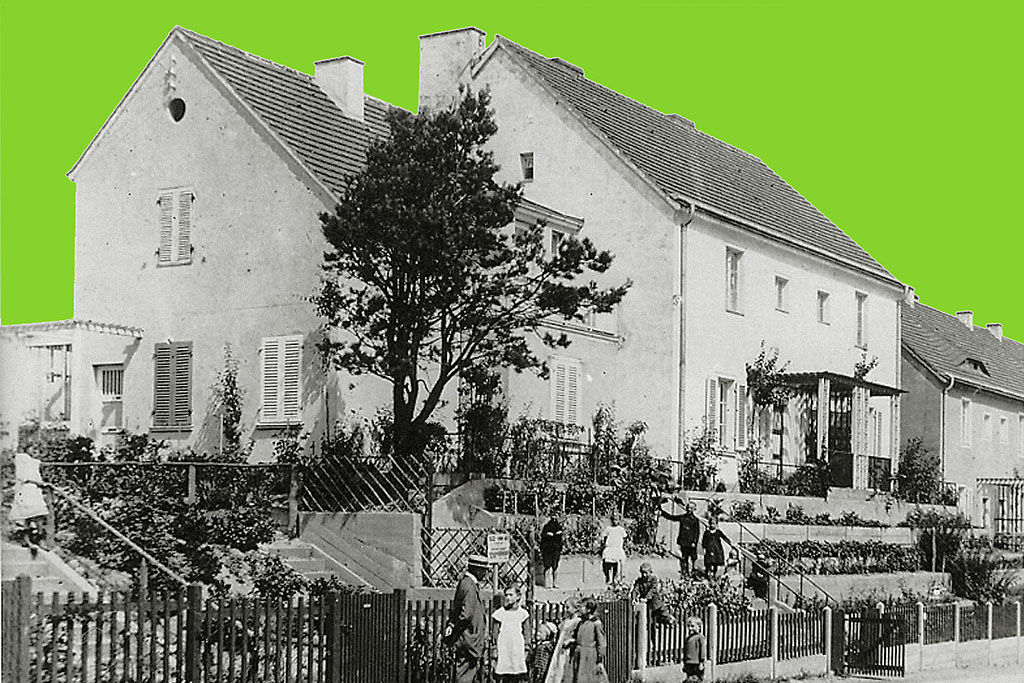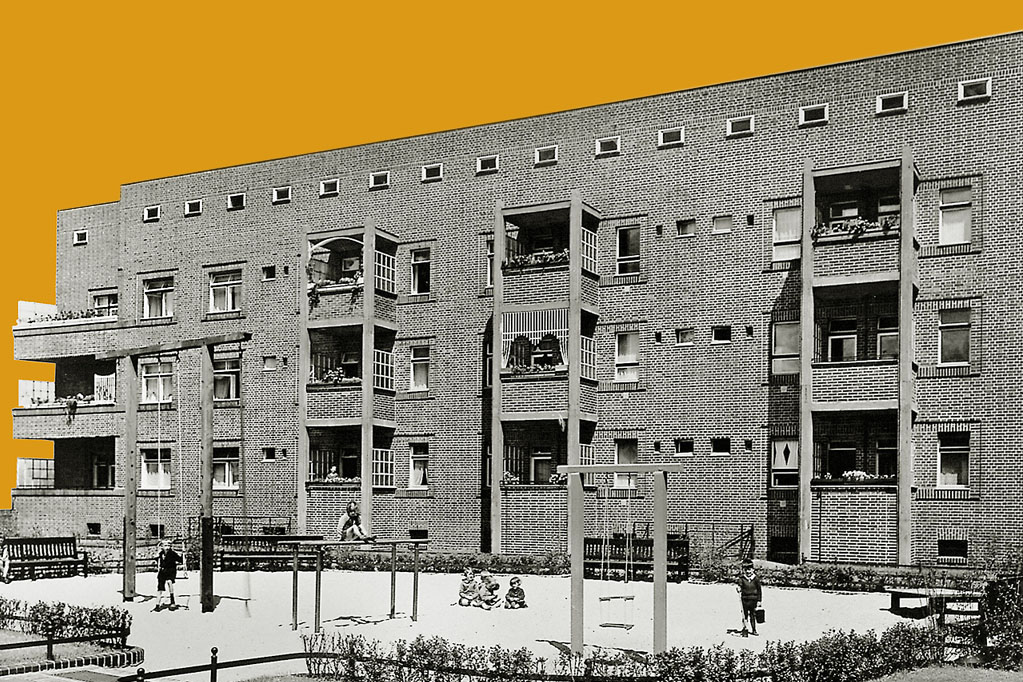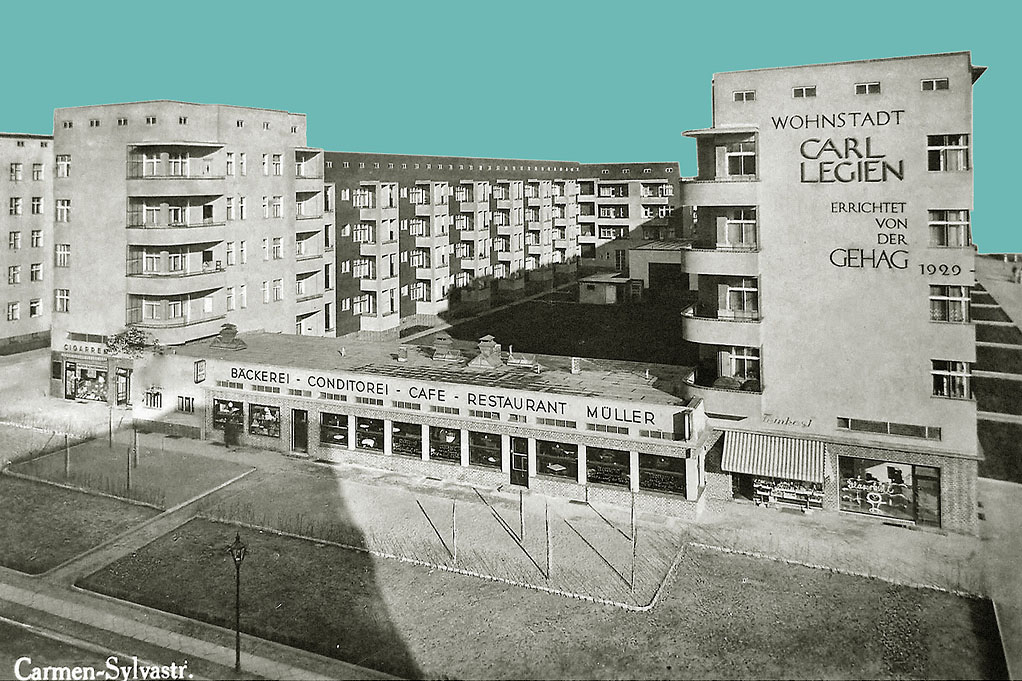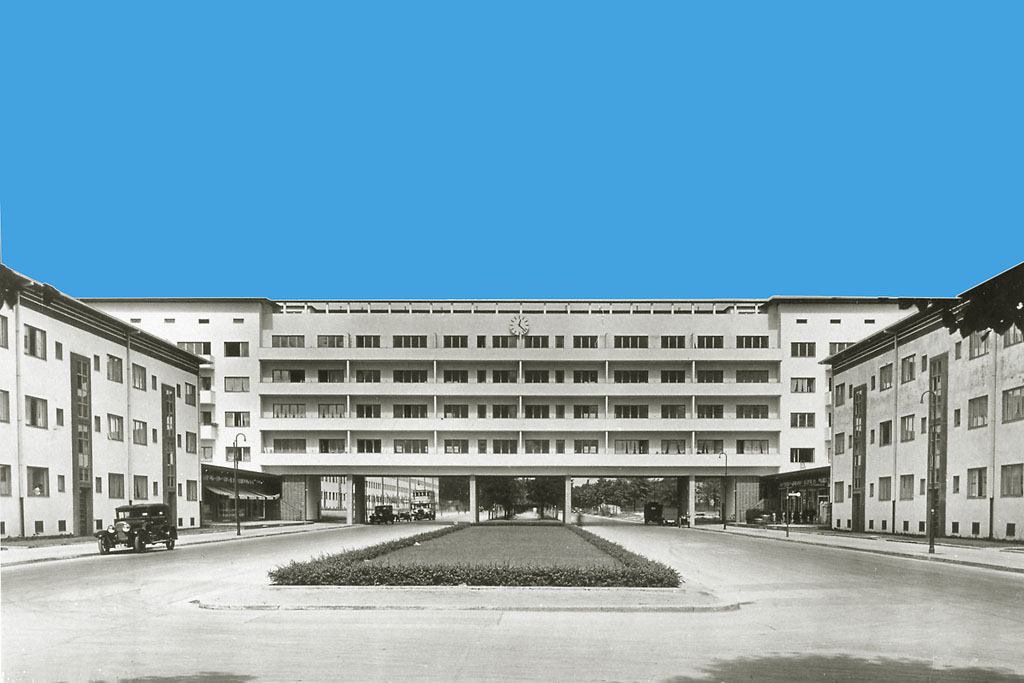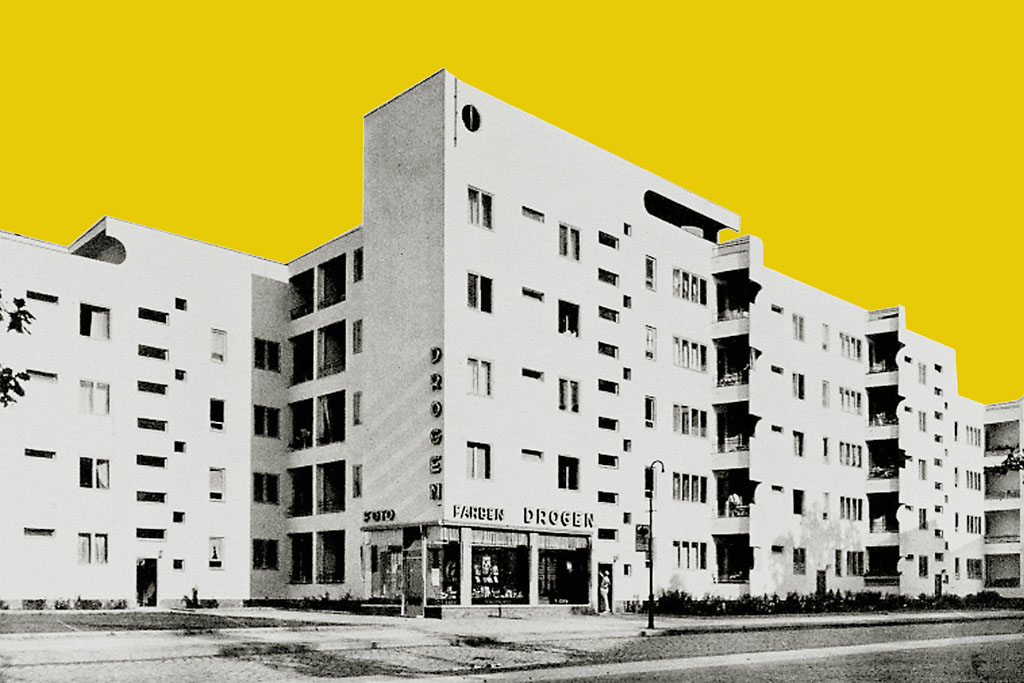The six UNESCO World Heritage estates
Berlin's most important contribution to architectural history
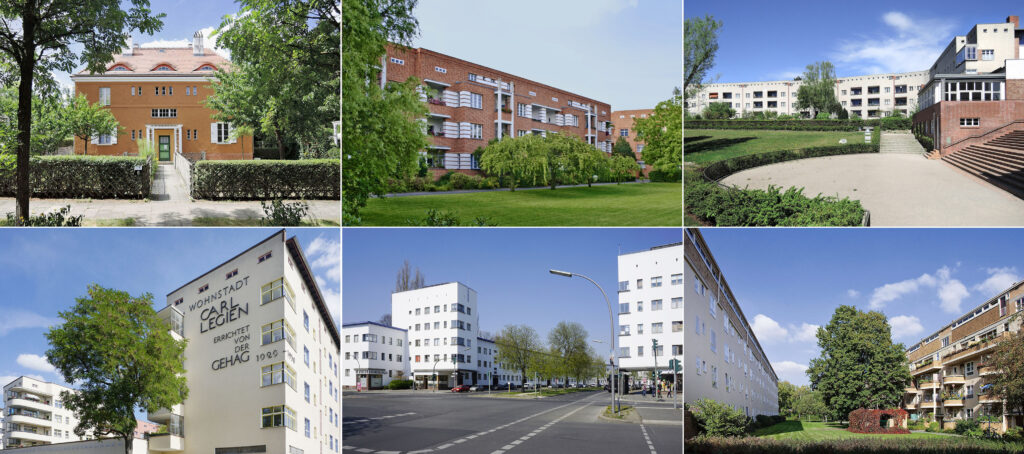
Falkenberg Garden City: the origins
Of all of Berlin’s six World Heritage estates, Falkenberg Garden City, which was built before the First World War, is most strongly influenced by the utopian, holistic thinking of the architectural reform movement. It was designed as an alternative to the hustle and bustle and anonymity of the industrial metropolis. At Falkenberg, the challenge was to turn the utopias of a culturally open, socially equal community into reality. This was reflected not only in vibrantly colorful buildings and meticulously designed green spaces, but also in community life.
Facts & Details
Schillerpark Housing Estate: social issues
Social issues play a major role at the Schillerpark Estate. From their apartments, residents look out onto green courtyards for common use, and next door is one of the first public Volksparks (“people's parks”). Children love the splash pool that is perfect for cooling off in summer. The ensemble was the first Berlin housing estate to be planned in the New Building style and and refers to models from the Netherlands. Later extensions took into account the interests of flower lovers, the elderly and the disabled.
Facts & Details
Horseshoe Estate: the landmark
The Hufeisensiedlung (Horseshoe Estate) is the best-known and most striking of Berlin’s six World Heritage residential estates. Even as it was being built, the 350-metre (1,148 foot) row of homes shaped like a huge horseshoe became a landmark of a new, socially-compatible and healthy style of residential living. Construction began in 1925, and almost 2,000 apartments would eventually be built. The ambitions were great, as was the design. It marks the transition between the two great models of urban development.
Facts & Details
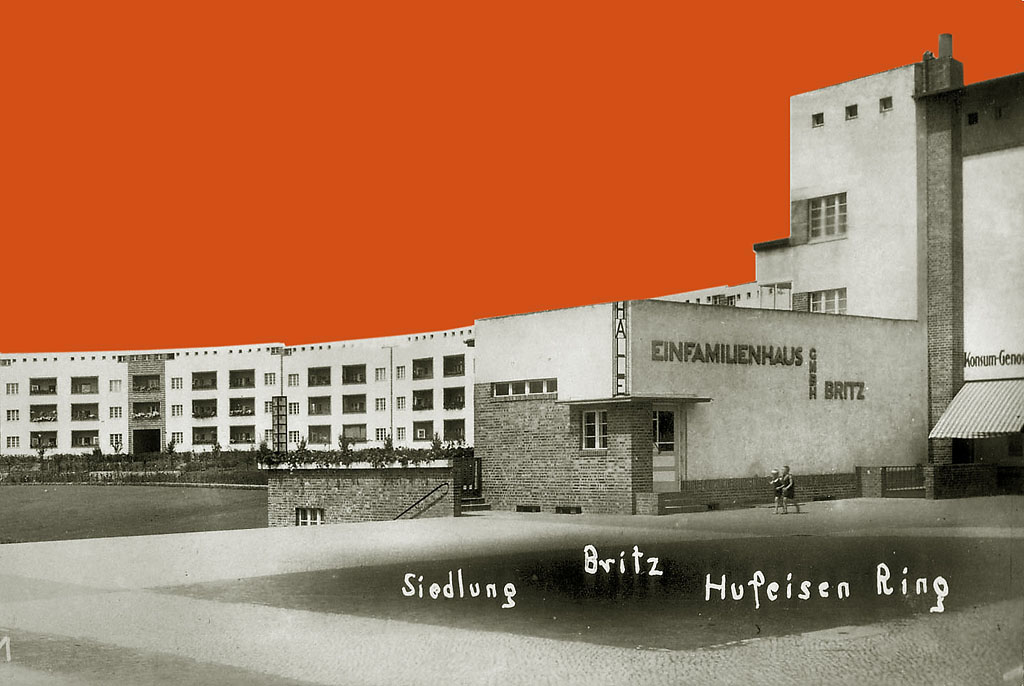
Carl Legien Housing estate: urban living
In 1928, construction began on the Carl Legien Housing Estate in north-east Berlin, situated just outside the S-Bahn commuter train ring and not far from Alexanderplatz. But the stiff price of this central property and the ensuing global economic crisis forced the city to save money. Reacting to the cost pressures, Bruno Taut dispensed with tenants' gardens, stuck to smaller floor plans, and added one to two floors to the complex. Despite the high density of residents, the result is surprisingly colourful, bright, modern and spacious.
Facts & Details
White City Reinickendorf: the pure
With its clear and angular structures, the Weisse Stadt (White City) housing estate in Berlin-Reinickendorf most closely embodies the formal principles of the New Building movement. Its two central landmarks – the gate buildings and bridge house – celebrate the rise of the automobile. In contrast to Bruno Taut's starkly colored facades, at first glance this complex designed by a trio of architects shines in brilliant bright white. A closer look, however, reveals many colourful details.
Facts & Details
Siemensstadt Ring estate: the puzzle
Drawing on Hans Scharoun's urban blueprint, several outstanding talents of the New Building movement helped to design the Siemensstadt Large Housing Estate. All of them were members of the progressive architects' group "The Ring", which is why the development was swiftly dubbed the "Ring Estate”. Of all the World Heritage Sites, Siemensstadt diverges the most from the conventional pattern of perimeter block development.

